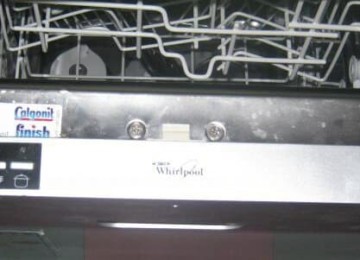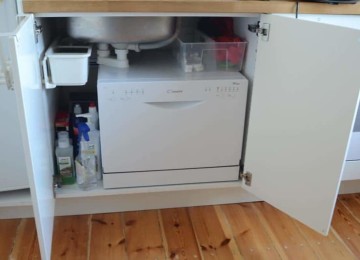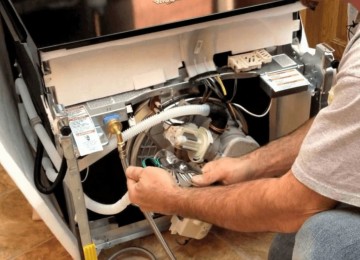It is probably pointless to talk about the advantages of having a dishwasher in the kitchen, because they are obvious. An actively used machine like this greatly simplifies the life of any housewife. Basically, when choosing a washing mashine, everyone is guided by its appearance. But don’t forget that a dishwasher is not a magician. Each model has its own distinctive features, including the dishwasher wash cycle.
Factors that affect wash time
In the process of washing dishes in such a device, the same steps are repeated as in manual washing. If the dishes are very dirty, you need to soak them first. And then you can begin the main stage of washing, rinsing and drying. The duration of each stage is different. It depends on the type of washing program activated. It is worth noting that at high water temperatures the process takes longer. As a result, the duration of a full dishwashing cycle in such a device ranges from 30 minutes to two hours.
Main factors:
- When soaking. If the dishes are heavily soiled or have old food residues on them, then it is better to turn on the soaking program. This procedure will take approximately 19 minutes.
- When washing. After the soaking stage has ended, the dishwashing function starts, which has the following operating stages:
- after collecting the required volume of water, the function of heating it to a certain temperature is turned on, and then the dishwashing process begins;
- then the machine starts using detergent;
- after combining water and detergent, the resulting liquid enters the sprayers, which are located below and above the machine;
- the sprayers begin to spin at high speed and, under pressure, supply hot water to the dishes located on the shelves;
- upon completion of the main stage, the contaminated water is drained and the rinsing process begins.
The wash lasts approximately 24 minutes. If there is a malfunction in the heating device, the dishwasher simply will not start.
- When rinsing. It is necessary to rinse the dishes to completely rid them of any remaining cleaning agent. The rinse lasts approximately 18 minutes. This is where the use of rinse aid begins. At this stage, the water no longer heats up.
- When drying. Most dishwasher models are equipped with a drying program. It will take about 20 minutes to dry the dishes thoroughly. Machines often use a conditioned type of drying. Expensive models have a built-in turbo dryer, where wet objects are blown with hot air.
Overview of dishwasher operating modes:
- Rinse mode.
 The main function of this mode is to quickly wash dishes without the use of special cleaning agents.This washing mode is mainly chosen when it is necessary to refresh dishes that are clean but have not been used for some time.
The main function of this mode is to quickly wash dishes without the use of special cleaning agents.This washing mode is mainly chosen when it is necessary to refresh dishes that are clean but have not been used for some time.
- If there are dried food residues on the dishes, the dishwasher will not be able to clean them effectively without first soaking them. The pre-soak mode is one of the most important among all the available operating modes of this kitchen device.
It is important to know that all models of dishwashers will effectively wash dishes if there are remains of fresh food on them. If the dishwasher is not equipped with such a mode, then you will have to wash the dishes either immediately after eating, or soak them in the sink in order to wash them later without problems.
And if there are remains of burnt food on the dishes, then most machines will not wash the dishes without first soaking them, even when operating in intensive washing mode.
- Half load mode. This mode is economical, but it has much worse efficiency than the standard dishwashing mode. The washing principle in this mode is as follows. Of the two available baskets, only one is washable. This makes it possible to halve the consumption of water and detergent. It is worth noting that only full-size dishwashers equipped with two baskets have this mode.
Main stages of the program implementation
Modern dishwashers have quite a few programs and wash cycles. Most often, their number ranges from 12 to 15 programs. All programs are different from each other, but there is also something in common between them, such as the main stages of implementation:
- pre-washing is one of the important stages of the program, during which food residues are washed away;
- main wash. At this stage, the water can heat up to 70 degrees. It has the longest cleaning period. This is where detergent powder and tablets are used;
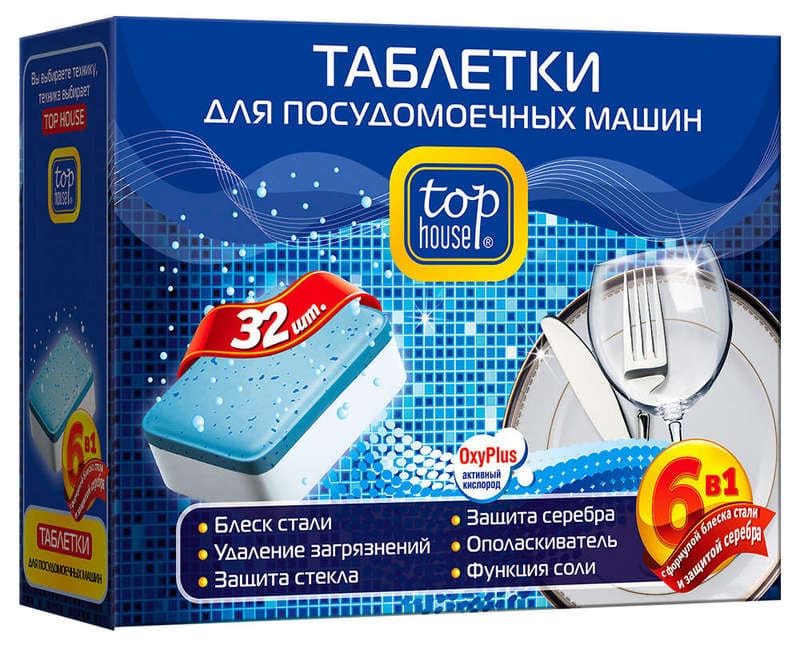
- rinsing. At this stage, the dishes are rinsed intensively to completely clean the utensils;
- drying is the final stage of the program.
After all these steps, the dishwasher is finished.
Standard cycle time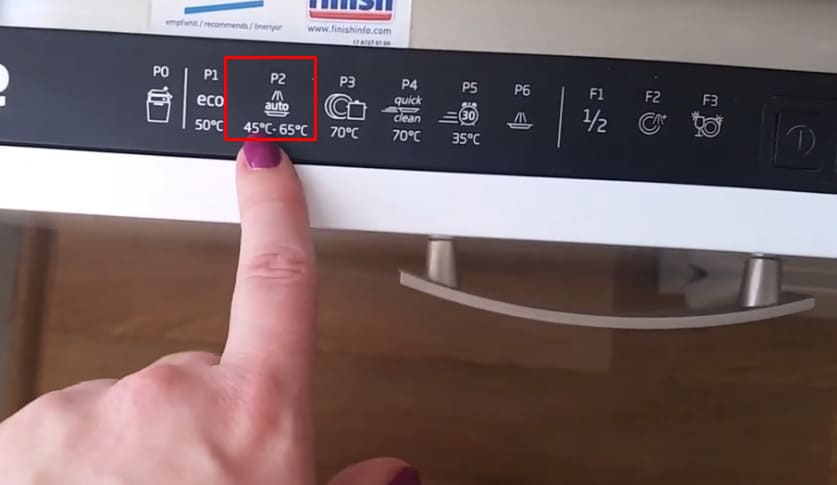
Each dishwasher model has different washing modes for kitchen utensils. However, there are four standard washing modes in the washing mashine. Most manufacturers include them in the program. These modes have the following names:
- fast;
- ordinary;
- economical;
- intensive.
Let us carefully consider each of the listed modes for guidance when choosing a dishwasher.
If you set the quick wash mode, there is no need to additionally run the pre-wash and dry function. This process lasts approximately 30 minutes. It happens that in the instructions for certain models, the manufacturer refers to this mode as rinsing. Most often, this mode is turned on when a small amount of not very dirty dishes has been collected.
Normal mode is a completely completed cycle. In this mode, the machine operates for about two hours. In this case, rinsing takes from 5 to 10 minutes; main wash – up to 50 minutes, and the water temperature is 65 degrees; rinse three times – 10 minutes; The remaining time is spent on drying.
When the dishwasher operates in economy mode, the time is significantly reduced by increasing pressure and temperature. Water consumption in this mode is significantly less, but electricity consumption increases.The economical mode of operation of the dishwasher consists of the following stages: pre-rinsing, washing at a temperature of 50 degrees, rinsing in two stages, drying.
If the dishes are too dirty, then use an intensive mode, the duration of which ranges from two to three hours. This program includes pre-rinsing, washing at 70 degrees, rinsing in 4 stages and drying.
In order for the dishwasher to work effectively, very dirty dishes should be placed as close as possible to the detergent spray.
There are models that manufacturers additionally equip with the following programs:
- EatLoad-Run. In this mode, the dishes are placed immediately after eating, the quick wash mode is turned on at a temperature of 65 degrees, then rinsing and drying. The whole process takes 30 minutes;
- Delicate wash at 45 degrees. In this mode, crystal, porcelain and glassware are washed. The entire washing process takes 110 minutes;
- Washing mashine wash. In this program, the machine independently determines the soiling of the dishes, the amount of water, cleaning agent and the duration of the process. The water temperature should be no more than 65 degrees, the washing duration is 2 hours 40 minutes.
Modern washing mashine models have such a function as Varlo Speed.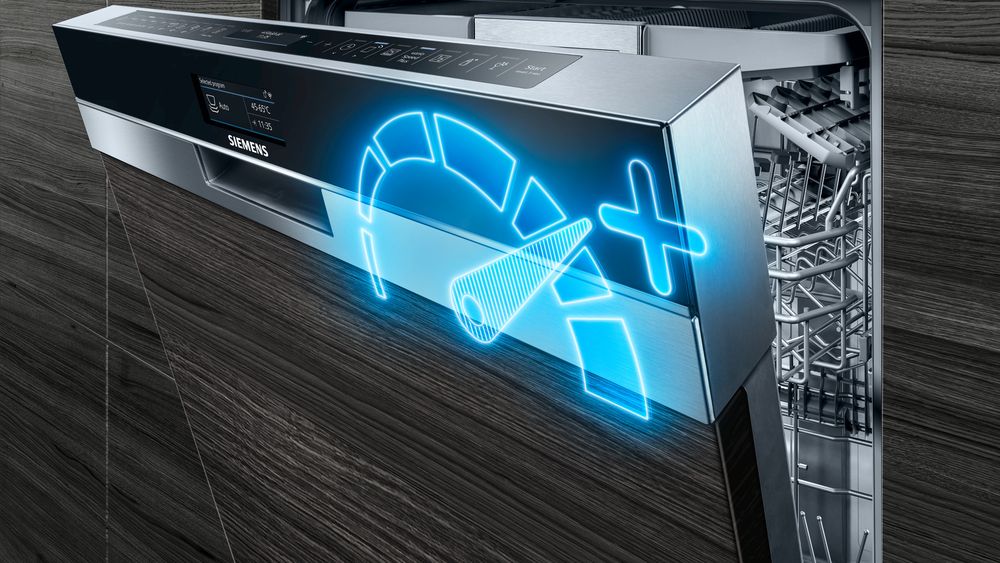 It makes it possible to reduce the washing time by half. But while saving time, electricity consumption immediately increases. In the process of choosing a mode, you should calculate what is better - saving time or energy.
It makes it possible to reduce the washing time by half. But while saving time, electricity consumption immediately increases. In the process of choosing a mode, you should calculate what is better - saving time or energy.
Resource consumption per washing cycle
One of the important issues that concerns consumers is the consumption of resources, namely water, during one washing cycle.Can you really save money? To answer this question with confidence and accuracy, you need to study the characteristics of the selected dishwasher. Basically, in the instructions, the manufacturer indicates the average consumption for one washing cycle, but if you try, you can find information about what the consumption will be for a certain cycle.
On average, water consumption ranges from 10 to 13 liters completely per cycle. In the process of washing dishes by hand, water consumption is much higher, since the tap does not close when washing utensils. It turns out that 50% of the resource is wasted just like that.
In dishwashers, the water is not drained until the end of its operation, but is only filtered and returned clean to the top to begin rinsing the dishes.
Another issue that worries consumers is energy consumption. Modern models of dishwashers, as already noted, consume up to 13 liters per cycle. In this case, the electricity consumption is 1 kW per hour. It is quite economical.
The variable wash program provides for simultaneous washing of dishes using intensive mode and soaking. These processes are performed in different baskets. The use of the specified dishwashing program makes it possible to save approximately 25% of water, while maintaining good washing quality.
Additional functions of PMM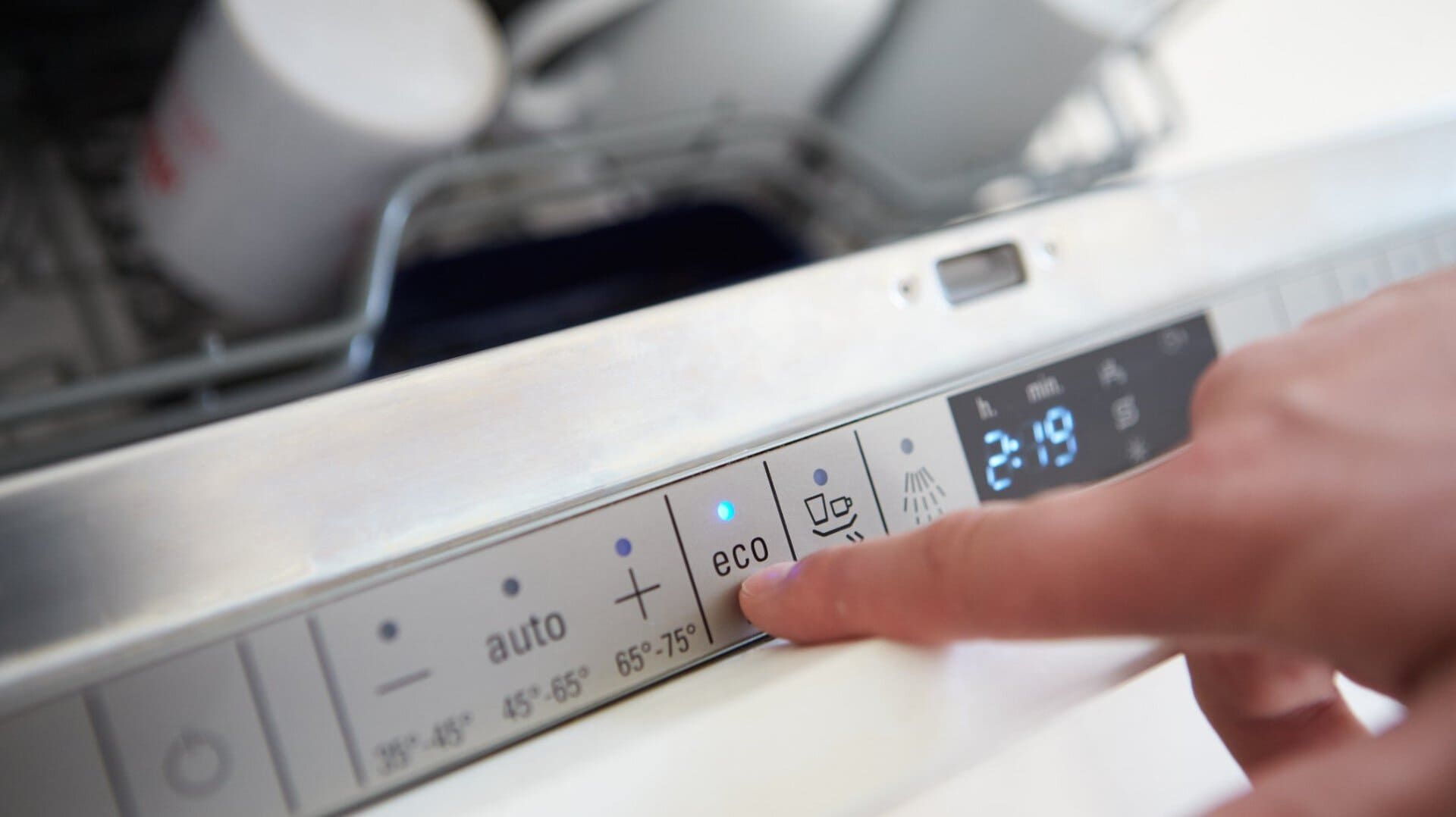
Dishwashers can be equipped with additional functions in parallel with washing modes. Almost all machines have a leak protection function. If there is a small child in the family, then it is necessary that the machine has a control panel or door locking function.
Another of the most convenient functions is the ability to add unloaded dishes after the machine is turned on.Expensive washing mashine models have built-in load sensors. Here the dishwasher itself selects the required volume of water and the time that will be spent on the cycle.
Some models are equipped with additional elements such as sensors for monitoring water purity and hardness. The existing water purity control sensor will not allow the machine to complete rinsing the dishes until the liquid is perfectly clean. If the water is very hard, the machine itself determines the required amount of softening salt that needs to be added.
For built-in dishwasher Manufacturers install an indicator that projects a red beam onto the floor. At the end of the washing cycle, the beam will become lighter or green.
The final stage of machine operation
At the final stage of operation of the dishwasher, the used water is discharged into the sewer pipes. Then the stage of drying the dishes begins. Upon completion, the machine, as a rule, emits a signal and completes its work.
On the existing control panel there are indicators indicating the end of the program. After the machine has completely stopped, you need to turn it off. Experts recommend waiting about 15 minutes before you start removing the dishes. This is because the dishes may still be hot after drying. Can open the door slightly to help the appliances cool down faster.
How to load dishes correctly?
Before loading the dishwasher, you need to do a few simple operations that precede the start of the washing process. This must be done to ensure that the machine lasts as long as possible and remains clean.
First, you need to remove as much food as possible from the plates, since large particles can get into the filter and clog it. This will lead to a decrease in washing efficiency, and in the future may cause damage to the dishwasher. You should also soak pots and pans if they have any burnt or dried food residue on them.
A large number of dishwasher models are equipped with a special soaking or pre-wash program.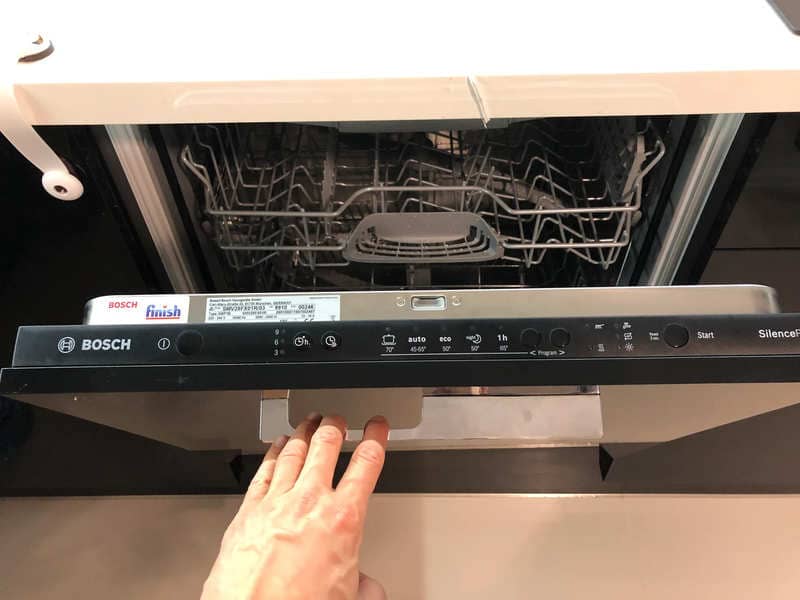
To begin with, heavily soiled dishes should be placed in the basket located below, since it is in this compartment that the water jets have the greatest power. Pots, frying pans with lids, bowls, and components from kitchen appliances such as a food processor, meat grinder, and mixer are often placed in this basket. It is worth noting that lids and flat trays should be placed on the sides of the basket, but pots and deep bowls should be loaded in the center. In this case, they should be placed at an angle and always upside down. This is necessary to ensure free circulation and drainage of water.
Small items such as forks, spoons, knives, sharp parts of food processors should be placed in a specially built-in container.
The sharp parts of these kitchen items should point downwards.
Before starting the machine, you need to make sure that the loaded dishes will not interfere with the rotation of the water sprayers during operation.
Regarding plates, cups and other fragile, small items, they should be placed in the basket located at the top. There are models of dishwashers in which holders are specially installed to ensure the stability of glasses and cups when washing them. It is forbidden to place deep containers inside each other, as the machine will not wash them.
Another important aspect of loading the machine is that the most dirty dishes should be placed in the basket, which is located in the lower part, and those that are less dirty should be placed in the upper part.
In the newest dishwasher models, the height of the basket at the top is adjustable. This makes it possible to wash dishes of different sizes in one cycle. It is important to choose the right washing temperature. The loading volume of the machine at one time directly depends on the dimensions of the unit. There are manufacturers whose instructions describe in great detail the process of loading dishes into the machine. Typically, these instructions come with such a kitchen unit.
Rules for operation and maintenance of equipment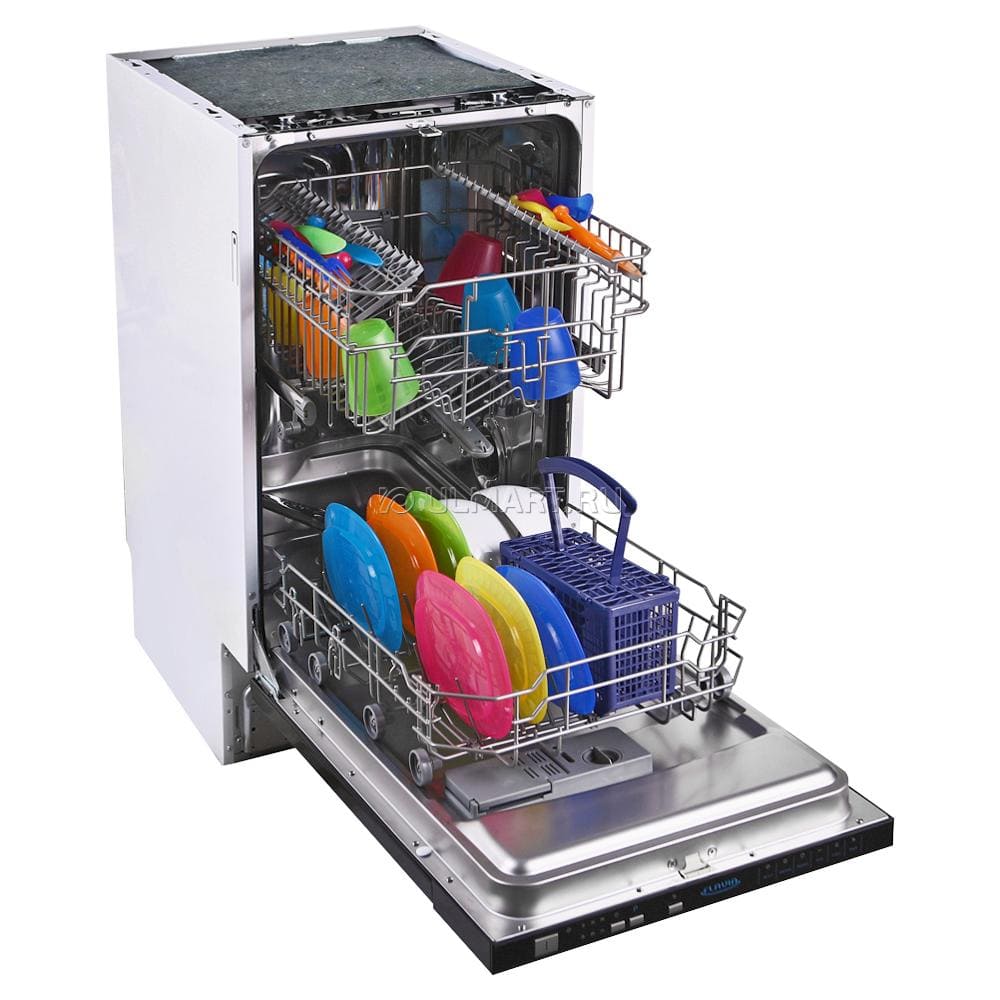
In order to ensure the safety in proper condition and durability of the dishwasher, it is necessary to follow a number of rules:
- Before loading dishes into the machine, you should rinse the utensils under running water.
- To load dishes fully and efficiently into the machine, use the available clamps and holders.
- It is prohibited to put sponges, waffle towels, and various clothes into the washing mashine.
- It is necessary to select a program and temperature mode in accordance with the quality of the loaded dishes.
- It is allowed to use special products that are dosed correctly.
- After completing the regime, you should not rush to take out the dishes.
- Filters, baskets and wash compartments should be checked and cleaned from time to time.
- Each time after finishing the operation of the machine, it is necessary to wipe the door and trays from any remaining water.
- It is necessary to take special care of the rubber parts of the machine.
By following all the above rules, you can save time, water and electricity consumption.
Of course, you can wash the dishes by hand, but this will not be possible if the water is very hot. Undoubtedly, a dishwasher will do a much better job of this. The duration of the washing process directly depends on the selected mode of the model of this equipment. Another advantage of a dishwasher is the fact that by using it, the housewife significantly saves not only resources, but also the time spent on daily washing dishes.
Therefore, it is better to spend money once on purchasing such a dishwasher, so that in the future you will enjoy the fact that there is no longer any need to manually wash kitchen utensils.







